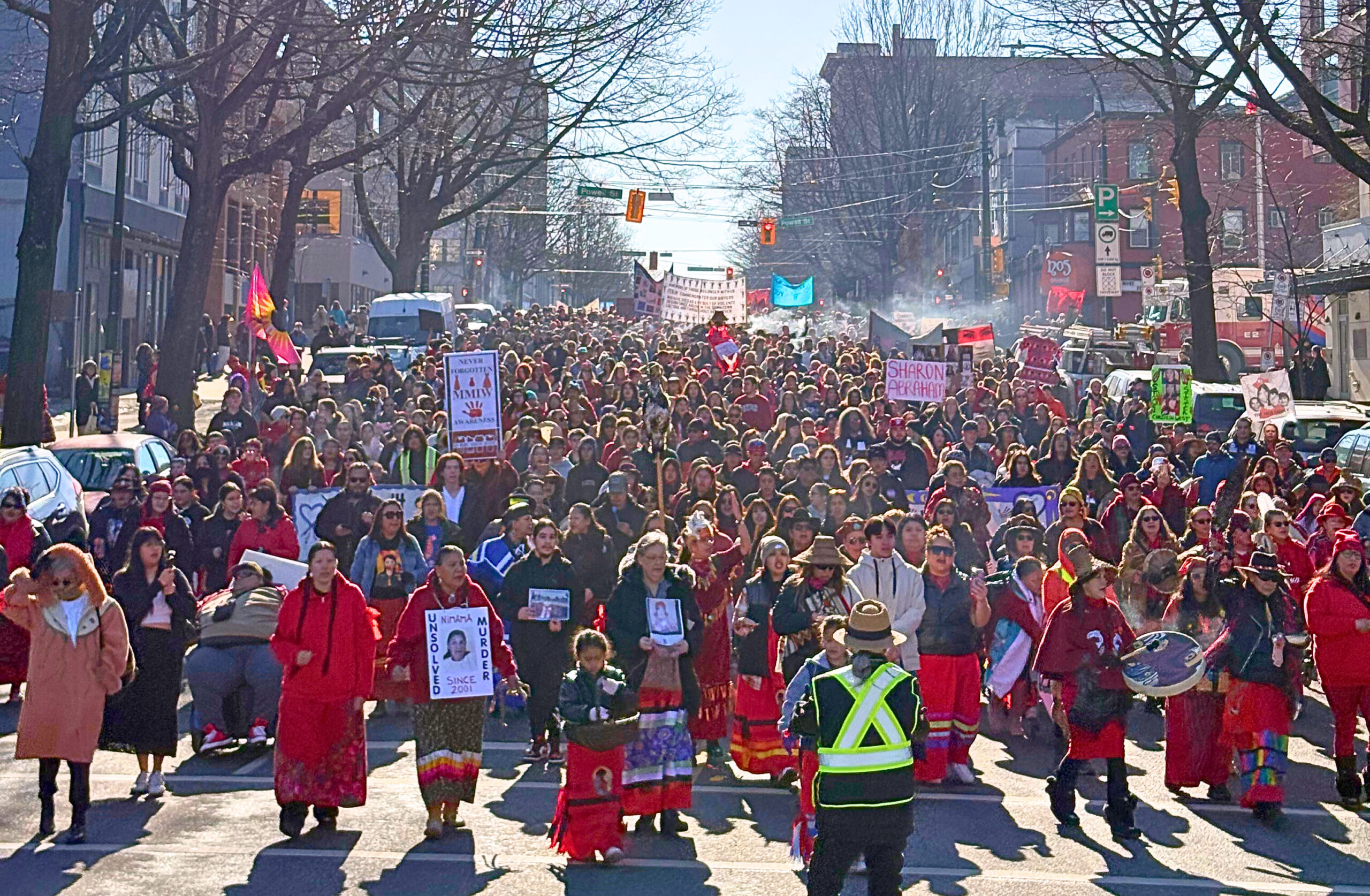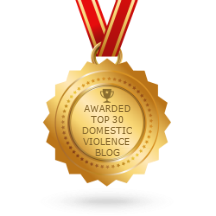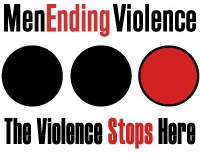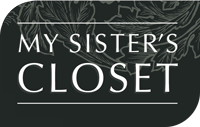On February 14, 2025, the 34th Annual Women’s Memorial March took place in Vancouver’s Downtown Eastside (DTES), a haunting reminder that despite years of inquiries, reports, and so-called government commitments, Indigenous women, girls, and 2S individuals continue to go missing and be murdered at an alarming rate. This march, rooted in grassroots activism, isn’t just about remembrance—it’s a call to action that Canada continues to ignore.
Despite political posturing, Indigenous sovereignty and safety remain afterthoughts in national policy. With the upcoming federal election, Pierre Poilievre’s leadership looms over Indigenous rights like a dark cloud. His promises of economic reconciliation focus on resource extraction, perpetuating colonial land grabs instead of addressing the systemic inequalities that make Indigenous women more vulnerable to violence. Without true recognition of Indigenous sovereignty, we are doomed to repeat history—exploitation disguised as progress.
Statistics Canada reports that between 2009 and 2021, Indigenous women were six times more likely to be murdered than non-Indigenous women. Yet, the response from law enforcement remains negligent at best, complicit at worst. Chantel Moore, a 26-year-old Tla-o-qui-aht woman, was shot and killed by a police officer during a wellness check in 2020. No charges were laid. The same tired excuses were given. The system is broken by design, ensuring Indigenous families rarely get justice.
British Columbia is ground zero for MMIWG cases, with the notorious Highway of Tears continuing to be a site of violence. Families of victims like Ramona Wilson, found murdered in 1995, and Jessica Patrick, whose body was discovered in 2018, are still waiting for answers. The government claims it is taking action through the National Inquiry’s Calls for Justice, but nearly six years later, progress is sluggish and accountability scarce. The Federal Pathway initiative, meant to implement these calls, has been a bureaucratic shuffle of reports rather than real, enforceable change.
In the Arctic, Inuit women face a unique but equally dire reality. Limited access to housing, healthcare, and economic opportunities leaves them in cycles of systemic vulnerability. The National Inuit Action Plan on MMIWG, developed by Inuit Tapiriit Kanatami and Pauktuutit Inuit Women of Canada, presents solutions, but they remain underfunded and largely ignored. Meanwhile, Canada’s increased interest in Arctic sovereignty fuels resource extraction rather than community investment, further marginalizing Inuit voices.
Beyond policy failures, public inaction is just as damning. Canadians must ask themselves why Indigenous women’s disappearances rarely make headlines, why their deaths don’t lead to national outrage. The answer is uncomfortable: systemic racism normalizes their absence. The Women’s Memorial March demands that we do not look away. Indigenous families shouldn’t have to march year after year demanding justice while politicians offer little beyond performative land acknowledgments.
Canada must do better. That starts with real accountability—funding Indigenous-led initiatives, establishing independent oversight of law enforcement, and ensuring every single Call for Justice is implemented with enforceable deadlines. Public pressure is essential. Support Indigenous organizations, show up at protests, demand action from elected officials. Without sustained outrage, MMIWG will remain just another issue Canada conveniently forgets.
For more information on government commitments, visit the official Government of Canada website. But don’t stop there—take action. This crisis will not end without collective resistance.





